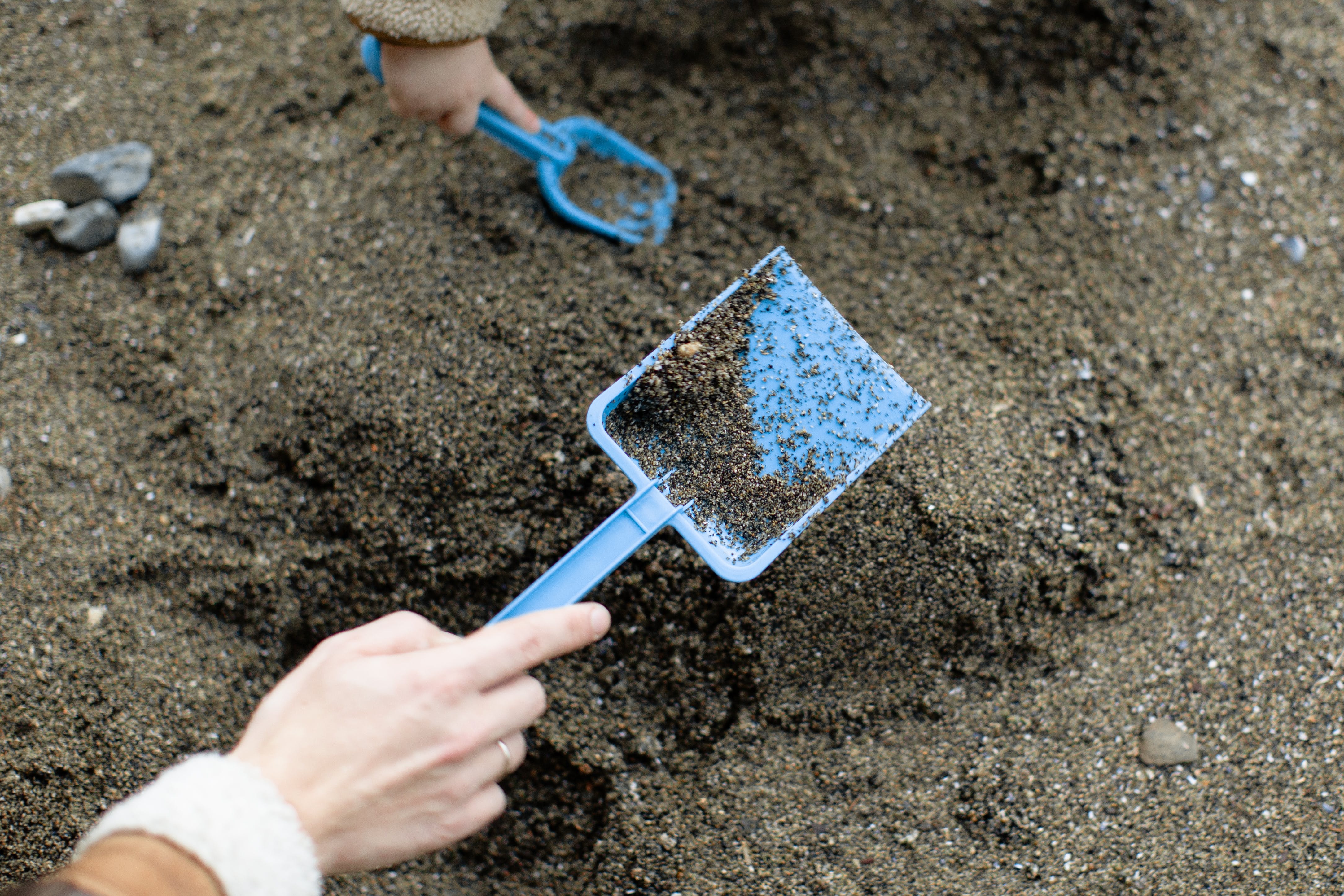Understanding the stages of child development is crucial for any babysitter. In this article, we will break down the key areas of child development that babysitters should be familiar with. From infancy to adolescence, we will cover the physical, cognitive, social, and emotional milestones that children reach at each stage. By the end of this guide, babysitters will have a solid understanding of child development and be better equipped to provide quality care.
Table of Contents
Infancy (0-2 years)
Infancy is a time of rapid growth and development. During this stage, babies learn to lift their heads, roll over, sit up, crawl, and eventually walk. Babysitters should be prepared to provide a safe and stimulating environment for infants to explore and develop their motor skills. Babies also begin to babble and eventually form words, so it is important for babysitters to engage in conversation and respond to their cues. Infants form attachments to their caregivers during this stage, so consistency and responsiveness are key for building trust and security.
On-Demand Childcare in Your Neighborhood
Book a Sitter
Early Childhood (2-6 years)
Early childhood is a time of immense curiosity and exploration. Preschool-age children are eager to learn and develop their cognitive and social skills. Babysitters can support this development by providing opportunities for play and hands-on learning. Children at this age are also learning to regulate their emotions and form relationships with peers. Babysitters should be patient and understanding, helping children navigate conflicts and express their feelings in a healthy way. Encouraging independence and praising their accomplishments can boost their self-esteem and confidence.
Middle Childhood (6-12 years)
Middle childhood is a time of further cognitive and social development. Children in this stage are refining their problem-solving skills, critical thinking abilities, and sense of self. They are also forming stronger friendships and beginning to understand social norms and expectations. Babysitters can support this development by fostering a sense of independence and responsibility. Providing opportunities for children to make choices and learn from their mistakes can help build resilience and self-confidence. It is also important for babysitters to set boundaries and enforce rules in a consistent and fair manner.

Adolescence (12+ years)
Adolescence is a period of significant physical, cognitive, and emotional changes. Teenagers are experiencing puberty, grappling with identity formation, and navigating newfound autonomy. Babysitters should be prepared to handle mood swings, peer pressure, and conflicts with parents. Building a trusting and respectful relationship with teenagers is crucial for effective communication and conflict resolution. Babysitters can support healthy development by encouraging teenagers to pursue their interests, express their thoughts and feelings, and make responsible decisions.
Providing a safe and non-judgmental space for teenagers to open up can help them navigate the challenges of adolescence with confidence and resilience.
Understanding Developmental Delays
It is important for babysitters to be aware of developmental delays and their potential impact on children’s growth and learning. Developmental delays can occur in any area of development – physical, cognitive, social, or emotional. Babysitters should be observant and attentive to any signs of delays in the children they are caring for. Early intervention is key in addressing developmental delays and ensuring children receive the support they need to thrive. Babysitters should communicate with parents and caregivers about any concerns they may have regarding a child’s development and collaborate on strategies to support their progress.
In conclusion, understanding the stages of child development is a valuable tool for babysitters. By being knowledgeable about the physical, cognitive, social, and emotional milestones of children at each stage, babysitters can provide quality care and support children’s growth and development. From infancy to adolescence, babysitters play a crucial role in nurturing children’s potential and building strong foundations for their future. By following the guidelines outlined in this guide, babysitters can feel confident in their ability to provide exceptional care and create positive experiences for the children they look after.










